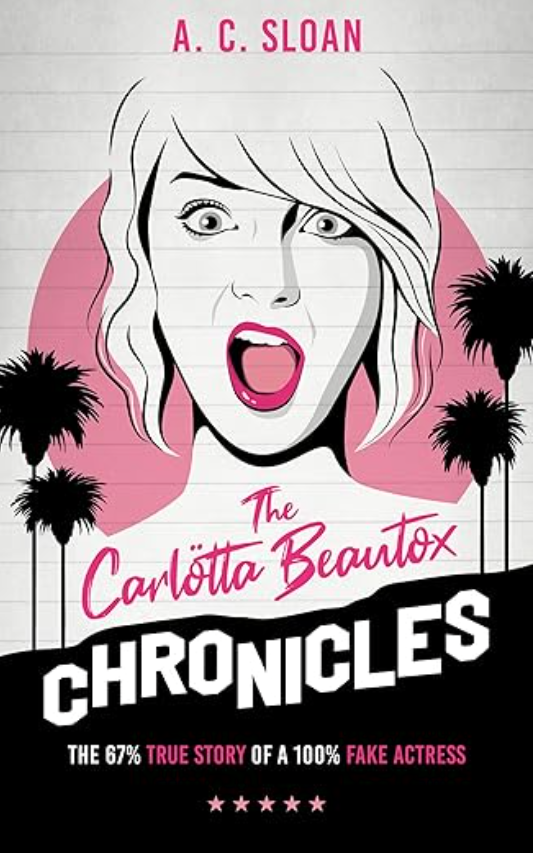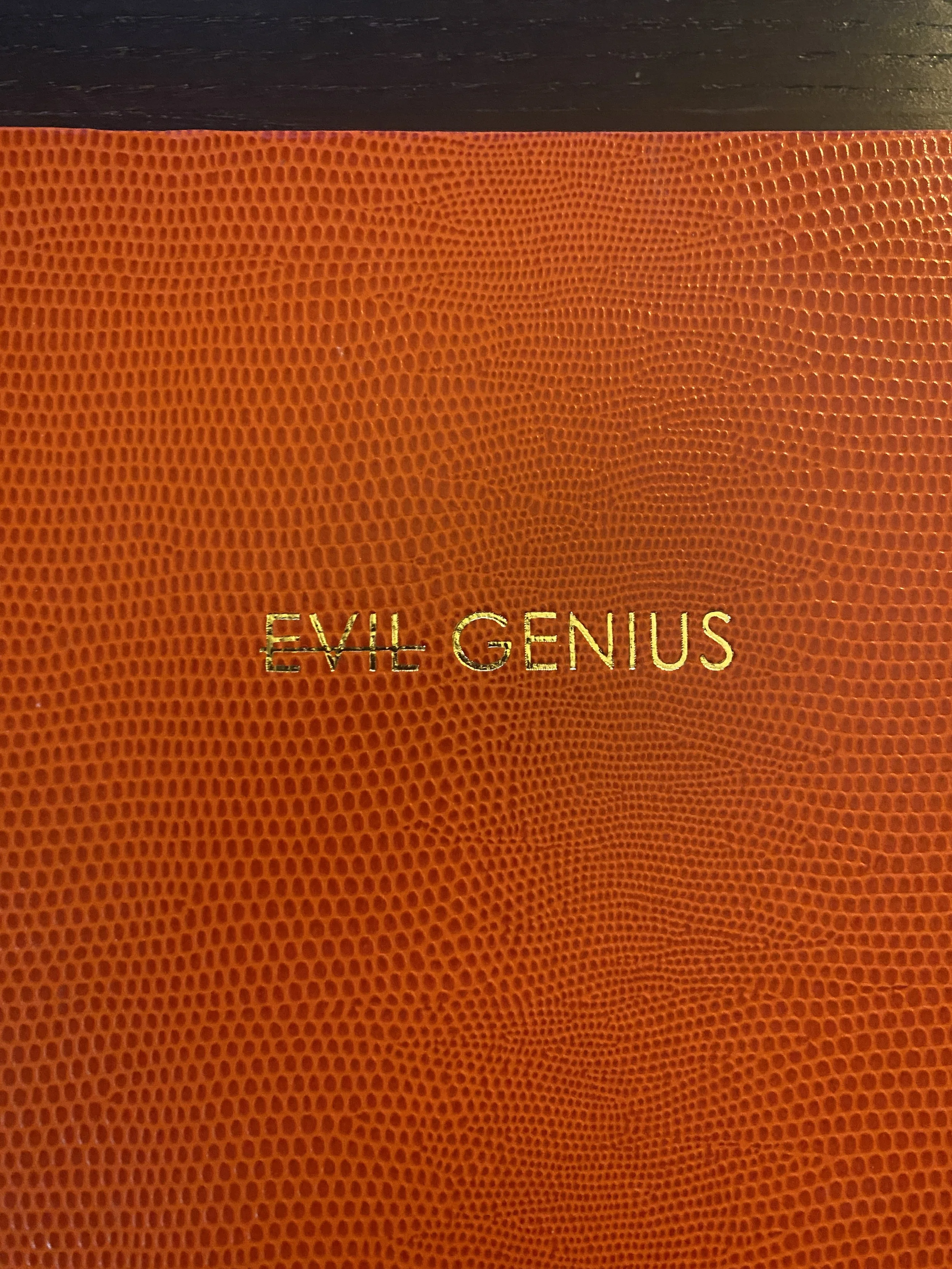It takes a lot of emotional fortitude to be disliked. I sometimes wonder how black licorice handles it. So many people really hate the stuff (note: it’s a personal favorite of mine.) No matter what side of the black licorice yay-or-nay fence you’re on, you’re entitled to dislike or like what you want. There’s no right answer. Not everything is for everyone.
Not to get all Sally Field up in here, but the desire to declare, “You like me. You really like me,” is a natural one. Of course, we want everyone to like us. Sadly, it’s unrealistic. I know a recently published writer who was quite obsessed with getting 5-star reviews. When a 3-star came down the pike, she was crushed. I reasoned with her that the occasional 3-star, or even 1-star, is actually a sign of a healthy publishing ecosystem. All 5-stars might indicate something was “hinky” (purchased reviews?) and further, a 1-star review might be a signal that, as a writer, you’ve pushed some boundaries and defied expectations – and not everyone digs that. And that’s ok.
There’s even a new book called The Courage to be Disliked: How to Free Yourself, Change Your Life and Achieve Real Happiness which has become a massive hit in Japan and now globally. Whether the book is good or bad, I don’t know, but I sure like the title. I also love the fact that while it has mostly good reviews on Amazon, it also has a bunch of 1-stars. Ah, irony, you slay me sometimes.
Why do I bring this up? Is it because I have a new novel being released at the end of this month? Perhaps. The Carlötta Beautox Chronicles is my latest venture, and it’s quite a departure from my last book, Suffer.
Written in epistolary form, Carlötta tells the story of a cringy, yet charming, wanna-be actress as she stumbles and bumbles her way through Hollywood in her quest to become A Star™. It’s based on the award-winning fiction podcast of the same name. Truth? While Carlötta the podcast had overwhelmingly positive reviews, there were some people who didn’t like it. The book will probably garner the same reactions. Both are over-the-top screwball comedies which are just not some people’s thing. And that’s fine. Black licorice and all.
If you’re looking for an extremely light, bawdy, cringy romp through Hollywood that’s jam-packed with celebrity gossip, this might be your kind of candy. There are some deeper messages about the perils of fame-seeking and our obsession with social media, blah, blah, blah, but mostly, it’s a confection. A breezy, unchallenging, novelty novel if you will.
Kirkus Reviews called it “Awkward.” I say to Kirkus reviews: “May I offer you some red licorice?”
















